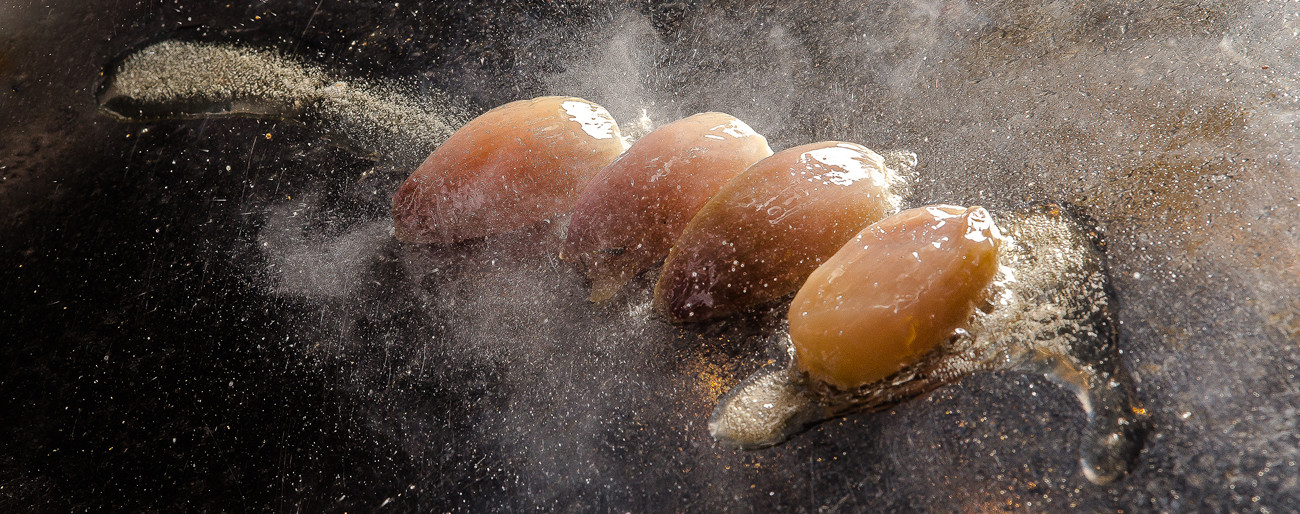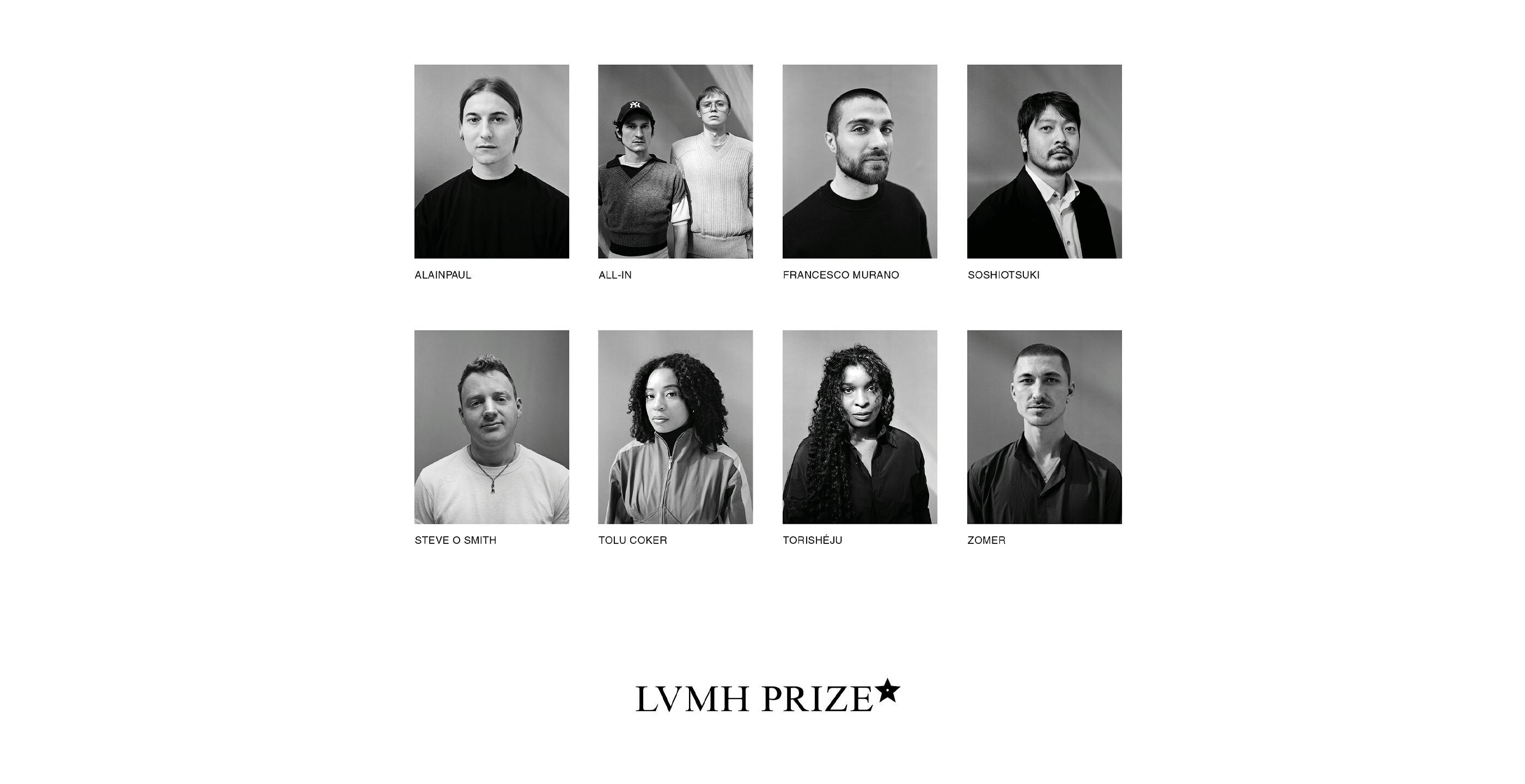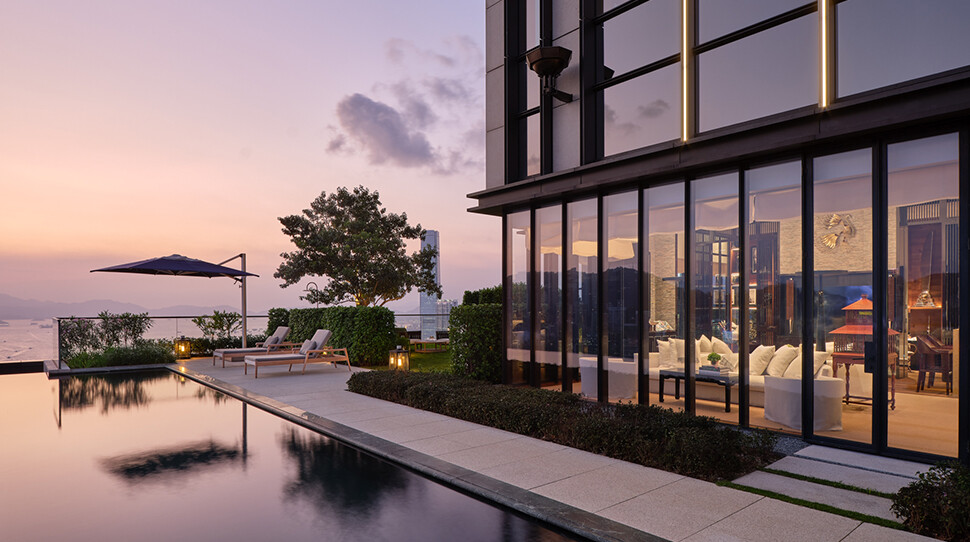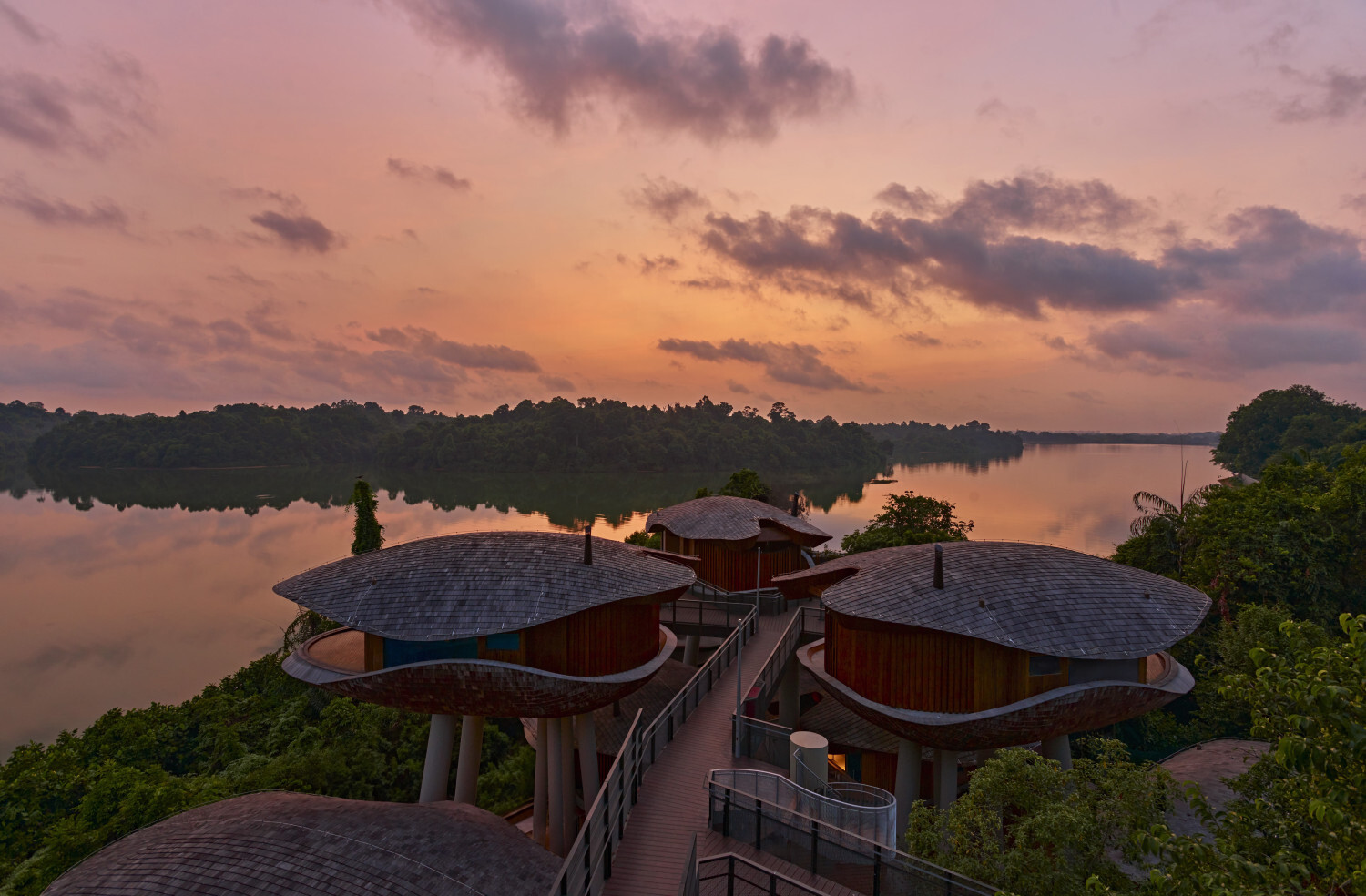Anthony Florio, photographer based in Charleroi, Belgium, is one of those artists who has the faculty to bind the tenuous gap between two disciplines known for their strictness, photography and gastronomy, and thrust them into another dimension. From the exceptional product to a culinary composition, he goes looking for the most prestigious actors, unique producers, Michelin-starred chefs… whose respective arts magnify one another.
How can one reward the work of a remarkable artist if not by describing it as unique and easily recognizable? So Anthony accepted to yield some of his secrets to us.

How and why did you turn to food photography?
Photography came somewhat belatedly in my life. I studied e-business and I have always been sort of a geek (I got my first computer when I was 5!). I had already completed my education when I started creating websites for clients from the student hall where I was living. The websites often lacked some contents – that’s how I started taking photographs.
My family is of Italian origin. At home, cooking is sacred! I used to help my grandmother prepare traditional dishes (gnocchi, arancini,…). I fell in love with the stove... mostly because I was already such a glutton!
During my very first encounter with a gourmet restaurant, I started to photograph food. During the meal, my partner joked that I should take photographs of our meal. So I asked the restaurant’s chef if he would let me take the photographs of all his dishes. That was how I got my first signed contract.
With a little luck (and a lot of work), I managed to enter an international contest and… that was the start of everything [first contest: 2011 finalist at the Concours international de la photographie culinaire in Oloron Sainte-Marie, France]!



How do you collaborate with chefs?
It all depends on the chef. There is no methodology. I don’t really work on “commission” strictly speaking, even if it is indeed a part of my work. If a chef chooses me, it is because of my style, my approach, or the feeling I convey.
I usually say that I photograph the chefs’ worlds. So in the end, whether it is a palace or an entrepreneurial chef’s world, what really matters is to convey my personal style.
That style can take many forms: matter, experience, desire, craziness, etc. When I mix all these up, I see the final result. My style is often mistaken – some chefs have the feeling that they will not be able to work with me, but I can create a very simple world, a monochromatic white for example, and emphasize it so that it really blows you away. However, I rarely get this kind of demand – chefs usually want a half-light style, which is precisely the style that made me stand out.
Ultimately, what really matters is to exchange views with the chefs and, most importantly, discover their world. That’s the reason why I always sit down at a chef’s table before starting my work. It is very important to have your own idea of what the chef’s cuisine looks like before initiating the real discovery of the person behind it. With this approach, I have the possibility to speak with the chef with my own words, not with sentences I may have read in the press or that may arise during a discussion with a foodie for example. This is precisely where the magic happens: a table that nearly makes me fall off my chair usually leaves a lasting impression and my role here is to channel the creativity, rather than trying to be creative. A good surprise easily leads to creativity.



As a design specialist, how would you define your art?
I think that my approach is somewhat related to “storytelling”. According to whom I work with, it can simply be the achievement of an original and creative imagery. On this basis, I developed the idea to put all that in motion: in addition to my current activity, I opened a creative studio store (studio: wwww.schrodinger.be) that offers photo, video, and web services, but also consulting services, event creation and scenography. I manage this project together with my talented friend Mehdy Nasser, who comes from the world of fashion design – our skills are perfectly complementary, so we can offer new approaches to the chefs.
What really leaves its mark is the obsessional research of an image, of the creative setting and of its proper artistic representation. When you have to enhance a designer’s universe, your style has to move aside, but not your ideas. You have to showcase furniture, “carve” a vase with the most beautiful light or sublimate a model who wears a fashion designer’s creation.
I believe that this approach implies that you understand where the creator/designer wants to take you. My role is just to bring the right ideas for the photograph/video, and to make the visual translation.
It takes several months, sometimes several years, to develop a project with a designer… so it takes a great deal of patience and reflection to get to the remaining 5% of the project, that is the photo shoot itself. In this case as well, I create bespoke worlds according to the designer; therefore, everything is possible (and wished).




What did you learn from food photography? How did it contribute to your experience?
The comparison with my other speciality is rigour. Everything has to be thought out, calibrated, timed… Both disciplines are almost identical.
A sense of detail: this is what a chef will remember me for. Even if it means that I have to start again several times with a dish, if I don’t like it or if I feel that it doesn’t honor the chef, I return it to the kitchen.
Patience is also a common point. Two people work for this art: the chef in the kitchen and me in the studio. So if the chef is not over, the shooting does not really start. And we also have to make do with unforeseen events!
You have to adjust, adapt to accidental (and sometimes freestyle) situations and conditions, as well as to unexpected events (material problems or absent cooks during scheduled shootings... which are often postponed...)
To be reliable and ready at the right moment. When the chef presents his dish, I can’t afford to make a mistake. I have to be sure of my arrangement, of the style if need be, or of the idea, but most of all of the light, of the framing, etc.
Finally, I would say... the eye… A different eye on everything that surrounds me. I usually look at every food item or object, at every person, at every behaviour, with ideas of (often crazy) photo projects!



What advice would you give as a professional on the art of composition, the light, etc.?
Or what would you say as a conclusion?
This is a familiar question. All I have to say is that if your thing is to make framings that only show 1/5 of the dish with everything else white… as long as the whole composition looks good, well, why not?
This also means following your own style. It doesn’t matter how many times you fail (sometimes willingly and sometimes unexpectedly) with the light, a style remains a style and it is personal. The only trick is: have fun! Be passionate! Love what you do, and if you don’t, find something else to do!
I have experienced the “blank page syndrome” for almost a year and I thought that I was the problem. Actually, the problem was that I did not like what I did anymore. What I lacked was precisely the fun, the craziness of it all, and to set all my creative ideas free. My working approach is important, but what is essential is the person “with whom” I work.
Whatever you do, you cannot please everyone. It’s better to go one way and fail than have regrets because you didn’t do it.
In short, I am available for everyone who is willing to let my creativity break out!



Awards:
Gourmand award 2016 Best book of the world. Category : fruit book / Tomate wiith Chef Sang-Hoon Degeimbre
Finalist in 2013 of the International Festival of the Culinary Image at Loron Saint-Marie in France
Finalist in 2011 of the international contest of culinary photography in Oloron Saint-Marie in France
Books:
Une terre, des hommes & des recettes, Génération W with René Sépul La Renaissance du Livre eds (2013), iCook for you, Jean-Philippe Watteyne Racine, Belgian Bites eds (2012), TFF 2020 (2012), Ne m'appelez pas CHEF ! Julien Lapraille Génération W eds (2014), Un gars, un chef, les coups de coeur,Gérald & Adrien La Renaissance du Livre eds (2014), Série de 5 mini-livres about pasta, eggs, patatoes, etc. Sudpresse eds (2014), Tomates with Sang-Hoon Degeimbre for GrupoMexico fundacion - Mexique (2016)
Article source : http://www.anthonyflorio.be





